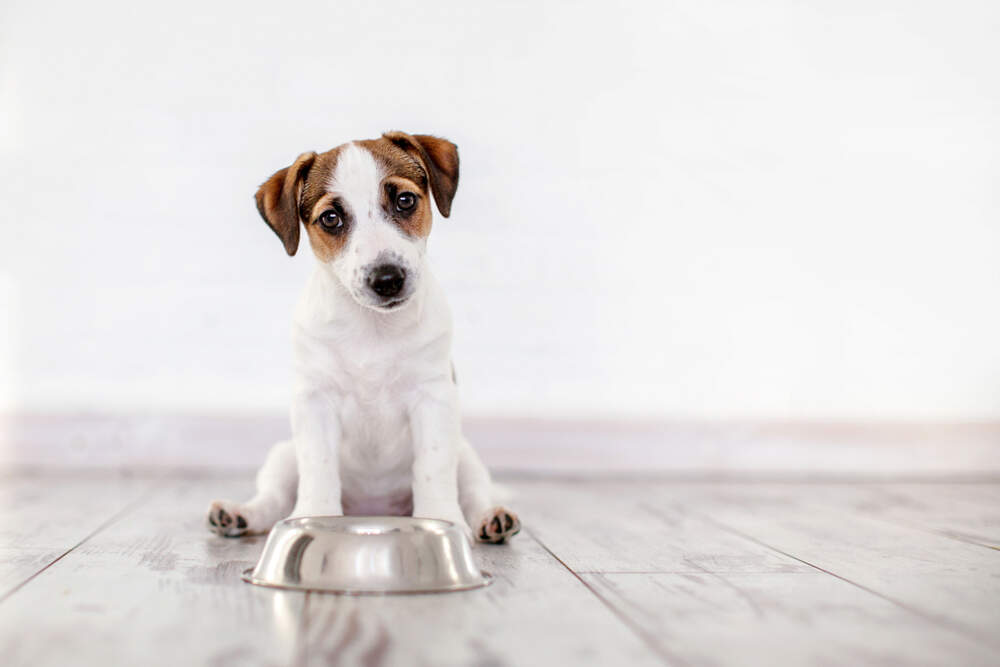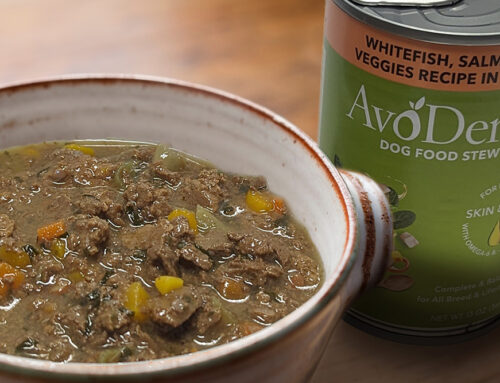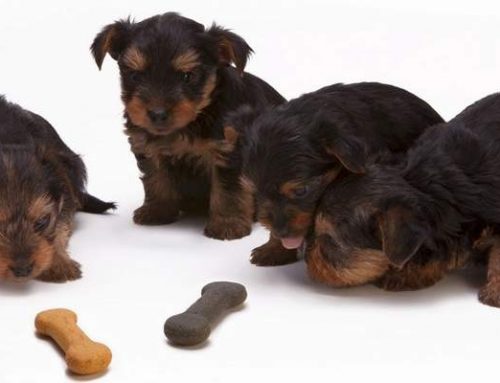Feeding a dog sometimes seems tricky. After all, your dog can’t tell you if he’s full or hungry the way a human can. To add to the challenge, many healthy dogs tend to act hungry much of the time, devouring snacks or meals whenever they have the chance, and constantly begging for treats. So how can you answer the question, “How much should I feed my dog?” Luckily, there are a few guidelines to help you along the way.
First, study your dog
Just like people, a dog’s ideal daily calorie intake will depend on their age, body type, activity level, and genetics. For example, a larger breed like a Golden Retriever requires more calories than a Pomeranian. Likewise, a working dog or one that gets a lot of exercise—perhaps through agility or another active sport—needs more calories than a couch-potato pooch whose biggest daily challenge is finding the best sunny spot to sleep in.
One helpful tip is to find out what the typical weight is for an adult of your dog’s breed. This information can readily be found online at either the breed organization or the American Kennel Club’s website. You could also try to find the adult weight of your dog’s male or female parent.1 If your dog is a mixed breed, check with your veterinarian for his or her recommendation for your dog’s ideal weight. While your particular dog’s ideal weight might differ, these numbers will help you gauge a ballpark goal and help you figure out portion sizes for your dog’s meals.
Then, use the package as a guide
Many commercial dog foods include a chart of basic feeding guidelines right on the packaging. This is a great place to start, but keep in mind the factors mentioned above and adjust as needed.
For example, AvoDerm Natural Lamb Meal & Brown Rice formula offers the following daily feeding guidelines, based on the size and weight of the adult dog:
- 3–10 lbs: 1/3 to 1 cup
- 10–20 lbs: 1 to 1-1/2 cups
- 20–50 lbs: 1-1/2 to 3 cups
- 50–75 lbs: 3 to 4 cups
- 75–100 lbs: 4 to 5 cups
- 100+ lbs: 5-1/2 cups plus 1/3 cup for each additional 10 lbs over 100 lbs
This chart provides you with a solid starting point, which you can increase or reduce as needed. If your dog seems to be gaining too much weight on the suggested amount, reduce it in small increments and experiment until you find the ideal amount.
It’s good to note that dog food formulas vary in terms of their nutrient density, which affects the amount you need to feed. Keep this in mind whenever you switch formulas, as the amount you feed may change. (And always make any dietary changes slowly over five to seven days.)2
Also good to note: Dogs in certain life stages, such as pregnancy or lactation, may require more calories than usual, so keep that in mind and check with your veterinarian if you have any questions.
And don’t overdo it!
When it comes to fine-tuning meal portions, it’s helpful to learn about canine Body Score Conditioning. This is a basic guideline that can help you judge your dog’s body fat, based on things like the visual appearance of your dog’s waist, and whether or not you can easily feel his ribs, and so on.3 Your veterinarian can also help determine if your dog is at a healthy weight or if meal portions should be adjusted.
Feed twice if possible
While some adult dogs may do fine with one meal every day, it’s probably better to feed them twice if your schedule permits.4 On the other hand, growing puppies need to be fed small meals multiple times a day since they need more calories than they can consume in one sitting.
Be sure to count snacks!
But what about treats and snacks? Most dogs are only too eager to devour extra tidbits between meals—and let’s face it—it’s fun to make our dogs so happy! But these snacks do potentially add a lot of calories, which can impact a dog’s weight or even lead to obesity, so be sure to factor in those snacks. Generally speaking, treats shouldn’t make up more than 10 percent of your dog’s daily calories.5 So even though it’s sometimes hard to ignore your dog’s pleas for more snacks (those imploring eyes!), try to resist the urge to provide limitless treats.
Knowing how much to feed your dog can sometimes be tricky. But with a little observation and planning, you can feed your dog just the right amount to keep him in good health.
1. Burke, Anna. AKC. “How Often Should Dogs Eat?” 30 October 2019, https://www.akc.org/expert-advice/nutrition/how-many-times-a-day-should-a-dog-eat/
2. AKC Staff, AKC, “The Right Way to Switch Dog Foods,” July 8, 2019, https://www.akc.org/expert-advice/nutrition/right-way-switch-dog-foods/
3. Buzhardt, Lynn. VCA Hospitals. “Body Condition Scores,” 2016, https://vcahospitals.com/know-your-pet/body-condition-scores
4. Dogster. “Dog Feeding Schedule: How Many Times a Day Should I Feed My Dog?” 13 May 13 2019, https://www.dogster.com/dog-food/dog-feeding-schedule
5. “How to Know if Your Dog is Hungry,” https://pets.webmd.com/dogs/know-dog-hungry





